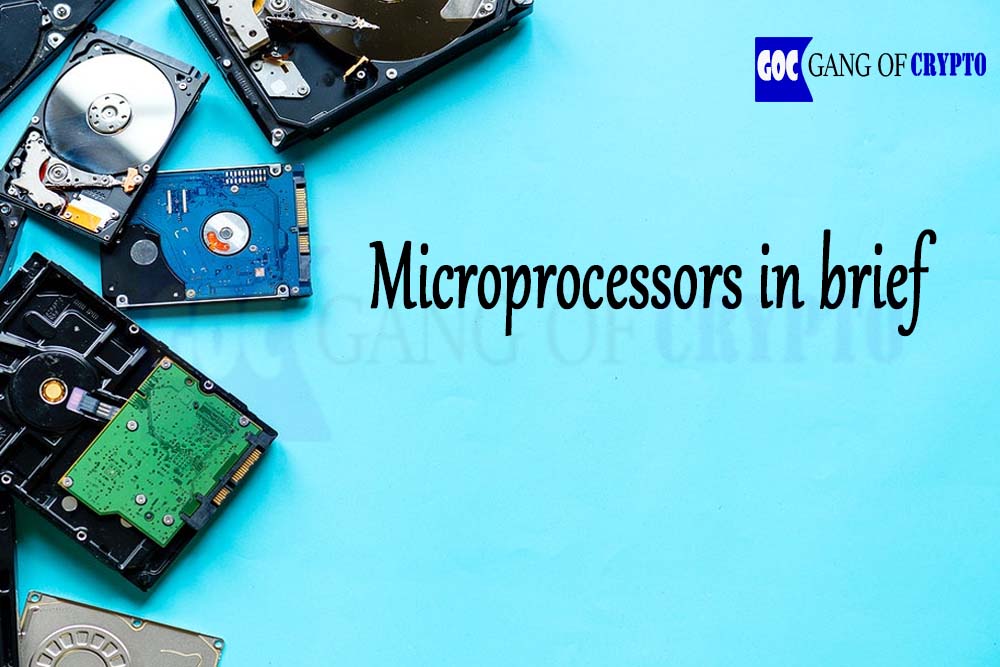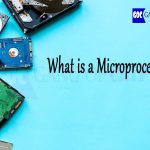Microprocessors in brief
Know about - Microprocessor
Definition of a Microprocessor
A Microprocessor is the electronic component that is used by the machines generally computer to execute the instructions. It is a Central Processing Unit on a single Integrated Chip (IC) containing very small transistors, resistors etc.
These transistors, resistors and diodes designed and arranged in a special manner and they work together to execute the computer instructions. It performs all the Arithmetic and Logical (ALU) operations and able to communicate with devices connected to it.
What does a Microprocessor contain
Microprocessors consists of mainly 3 parts. They are:
- ALU : It stands for Arithmetic and Logical Unit. Microprocessors takes the input from the user through peripheral devices that is input and output devices. The data taken is then performed to the Arithmetic and Logic operations with unit ALU.
- Register Array: A Register array contains registers with names on alphabets namely B, C, D, E, H, L, and Accumulator. These are used to store the data while processing, Registers stands top in memory hierarchy.
- Control Unit: Control Unit (CU) which controls flow of data and instructions within the computer.

Flow of Execution in Microprocessor
Microprocessors executes any kind of instructions in three steps, The sequence follows as Fetch, Decode and Execute.
- Fetch: From memory(RAM), Microprocessor fetches the data to perform action.
- Decode: The fetched data consists an instruction which is decoded in this step.
- Execute: The decoded instruction after meeting the requirements, Executes the instruction.
Advantages of a Microprocessor
- Portability: Microprocessor is a small-chip in size. Hence, it is easy to carry anywhere.
- Low cost: The Microprocessor chips are less in cost.
- Versatile: The Microprocessors are versatile in nature. We can use the same processor for different applications.
- Power consumption: It consumes very less power.
- Processing Speed: Speed of became much faster when we use the microprocessors.
- Easy Maintenance: Maintenance of Microprocessor is easier because of it’s low consumption and portable nature.
Disadvantages of a Microprocessor
No many disadvantages of using microprocessors, as this is the invented to reduce the loss. But some drawbacks are:
- Overheat: The Microprocessor becomes over heat when it is used for long-time.
- Data Limitation: Based on the size of Microprocessor data is being imposed into it and a limit created if size of Microprocessor is low.
Keywords in Microprocessor
- Bit: A bit is a smallest unit of data storage which can hold either value either “1” or “0”.
- Bandwidth: The number of bits processed in a single instruction.
- Clock speed: In a second unit of time, how many number of instructions can be performed by a processor is known as Clock Speed.
- Instruction set: It is the set of instructions that should be executed by the Microprocessor.



